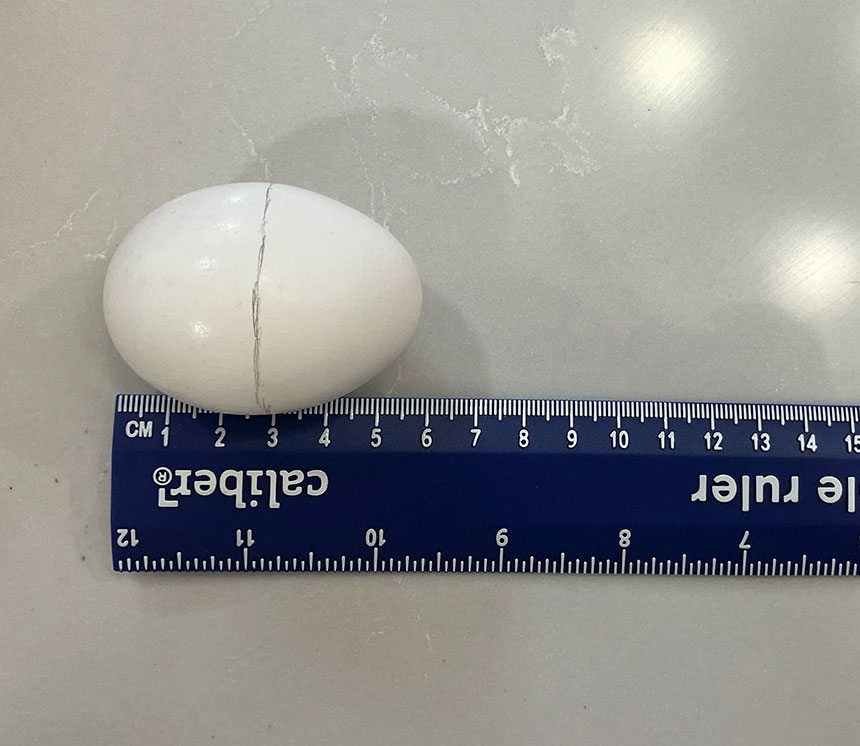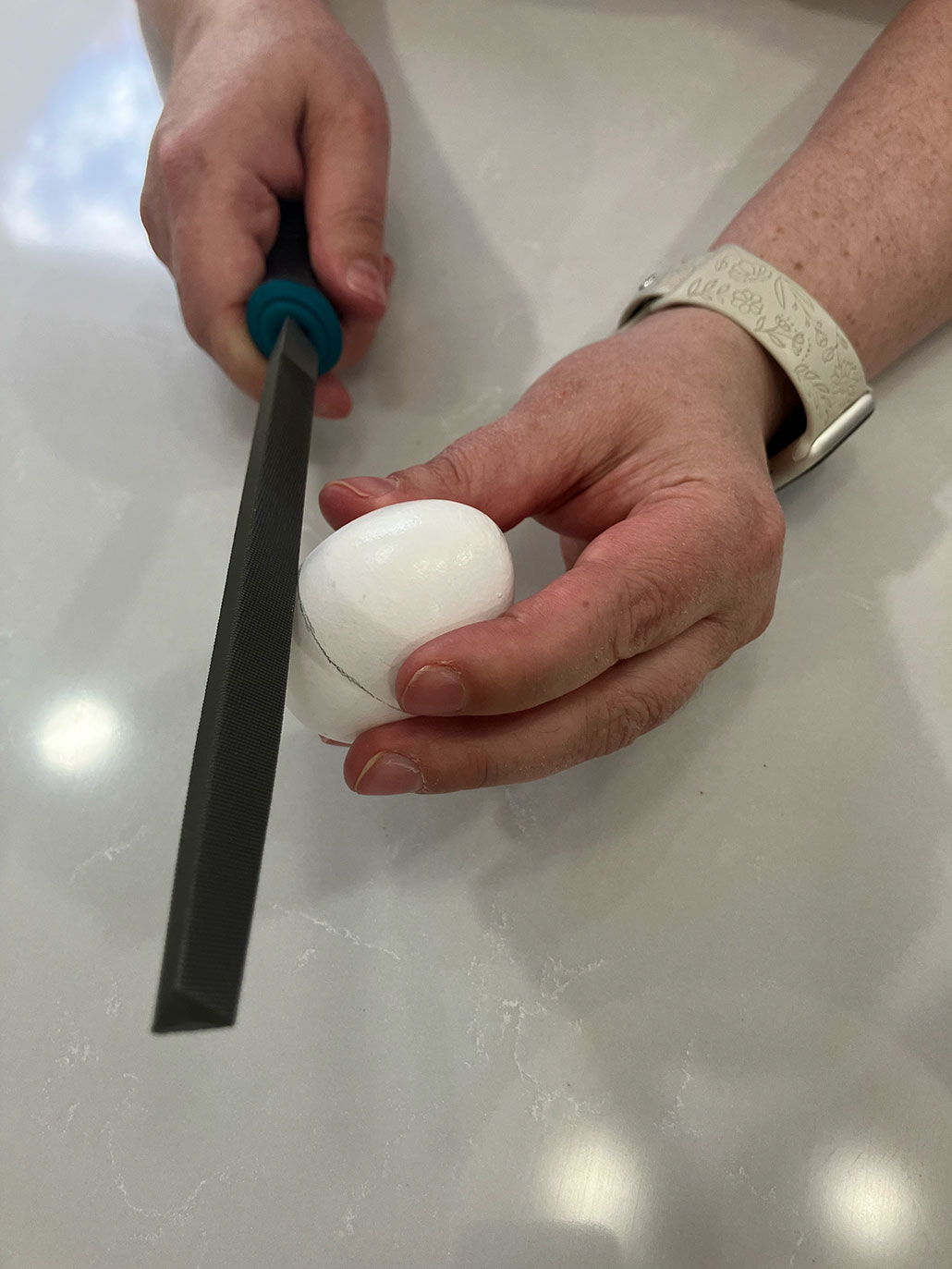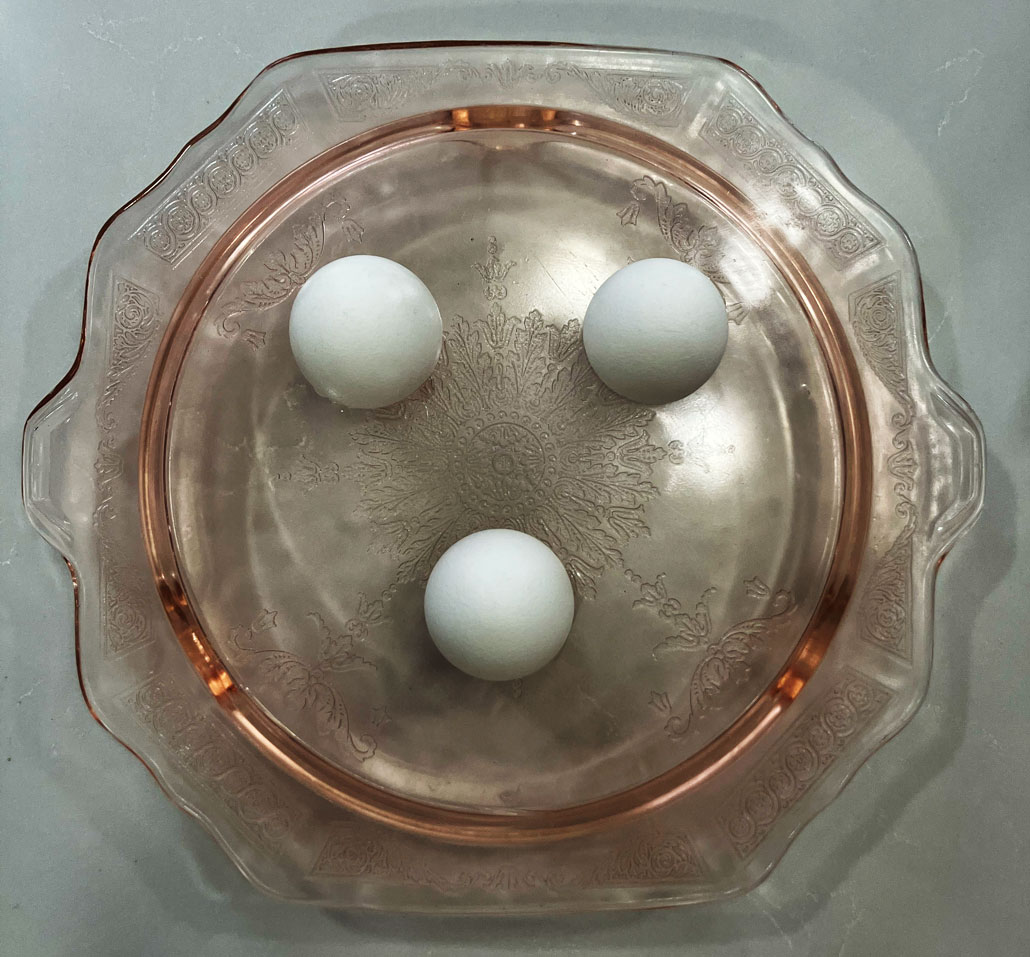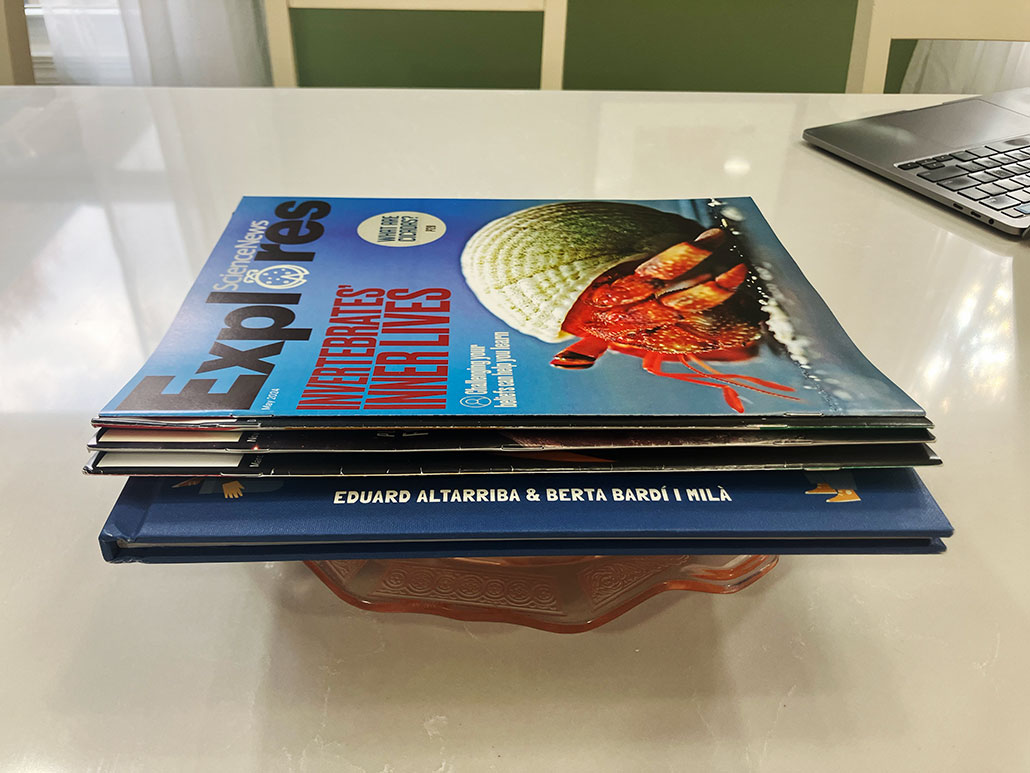Experiment: The surprising strength of eggshells
Architecture is full of arches. Test the sturdiness of a natural curve — an egg’s shell

Eggs may seem delicate, but their natural arch shape provides a lot of sturdiness.
Constantine Johnny/Moment/Getty Images
Objective: To measure how much mass eggshells can support
Areas of science: Materials science
Difficulty: Medium intermediate
Time required: 2–5 days
Prerequisites: None
Material availability: Readily available
Cost: $20–50
Safety: Adult supervision and safety goggles are required if a rotary motor tool is used. Thoroughly clean any surface the raw eggs touched because they can carry Salmonella.
Credits: Andrew Olson, Ph.D., and Teisha Rowland, Ph.D., Science Buddies
Arches have been used in structural engineering since ancient times. Figure 1 shows a Roman aqueduct (Pont du Gard in France), built around 19 B.C. Arches allow passage through a structure. For example, light can pass through arched windows, people through arched doorways or water under arched bridges. The shape of the arch distributes the compressive forces to the load-bearing piers that support the arch. This in turn eliminates some tension stresses in the structure.
An eggshell is a natural example of an arch. One end of the shell has a larger, rounder arch, and the other end is narrower and more pointed. It is pretty easy to crack an eggshell if you tap it against a hard surface. But if you interlock your fingers and try to squeeze an egg lengthwise to break it, you will find that it can withstand more force than you might expect. (You might want to wear work gloves for this test, because the eggshell pieces will be sharp if you break the egg.)
In this experiment, you will measure the load-bearing capacity of eggshell arches. Before starting on your experiment, you should do background research on arches. Learn about different types of arches and how strength changes with the shape of the arch. You should also do some background research on eggs to find out what material the shell is made from. After you have finished your background research, make a prediction about how much mass you think an eggshell can support. Then do your experiment and find out for yourself!

Terms and concepts
- Arch
- Compression
- Forces
- Tension
- Eggshell
- Mass
Questions
- How does the shape of an arch work to support objects on top of, and surrounding, it?
- What are some different types of arches?
- What materials are eggshells made from?
Resources
Here are some webpages with information on arches and their use as structural supports:
- The Science Museum, 2004. Making the Modern World: The Arch Bridge, The Science Museum, U.K. Retrieved April 5, 2007.
- Wikipedia contributors, 2007. Arch. Wikipedia, The Free Encyclopedia. Retrieved April 5, 2007.
- Morissey, M., 1998-2007. How Bridges Work: The Arch Bridge, HowStuffWorks.com. Retrieved April 5, 2007.
For information on chicken eggs, see:
- Enchanted Learning, 2003. Chicken Egg Development. EnchantedLearning.com. Retrieved April 5, 2007.
- You can find more information on materials testing in the Science Buddies resource Stress, Strain and Strength.
Materials and equipment
- Raw eggs (at least a dozen)
- Ruler
- Pencil or marker
- Bowl for collecting egg contents
- Small triangular file. This is available from online suppliers such as Amazon.com. Alternatively, you may be able to find this at your local hardware or hobby store, most likely as part of a set of small files.
- An alternative is to use a rotary motor tool. A basic set with a cut-off disk is available from Amazon.com.
- If you use a rotary tool, be sure to wear safety goggles, which are available from Amazon.com.
- You may also want to wear a dust mask, which is available from Amazon.com.
- An alternative is to use a rotary motor tool. A basic set with a cut-off disk is available from Amazon.com.
- Dinner plate or other large, flat surface to place the eggshells on for testing
- Weights, such as:
- One hardcover book, for the first layer
- Stack of magazines, to be added one at a time for remaining layers
- Kitchen scale to weigh the book and magazines, which is available from Amazon.com.
- Lab notebook
Experimental procedure
1. Use a pencil or marker to draw a line all the way around one of the eggs, dividing the egg halfway between its two pointed ends, as shown in Figure 2. Use a ruler to determine the halfway point as you make the line.
- This line is where the eggshell will be cut. It should be at about the egg’s widest point (width-wise, not length-wise).

2. Carefully crack the eggshell at the pointy end. Make a small hole and drain the contents of the egg into a bowl, as shown in Figure 3. (You can use the egg contents for cooking.) Rinse out the empty eggshell with some water.

3. Use a triangular file (or rotary motor tool with a cut-off disk) to score the eggshell on your marked line, all the way around. Follow your marked line carefully, and be sure not to hold the empty egg so tightly that it cracks.
- If doing this by hand, use the triangular file as shown in Figure 4. File it enough so that you can easily feel and see a dent, as shown in Figure 5.
- If you are using a rotary tool with a cut-off disk, work with an experienced adult and be sure to wear safety goggles. You may also want to wear a dust mask. You will need to work slowly, using just the edge of the cut-off disk.
- Note: If the egg develops hairline cracks or big chips on the more rounded half, start over (from step 1) with a fresh egg. There should be no cracks or big chips weakening your prepared eggshells.


4. Carefully break or cut the eggshell back to the scored line you created, as shown in Figure 6. You will want to carefully break off small pieces of the shell, working your way around. This can be tricky so take your time.
- Note: It is okay if the edge is a little jagged, but if big chips or hairline cracks develop that go into the more rounded half of the egg, you will want to start over (from step 1) with a fresh egg.

5. Repeat steps 1–4 two more times so that you have prepared a total of three eggshells. Make each prepared eggshell the same height.
6. Place the prepared eggshells on a flat surface, such as a dinner plate, with their open end facing down. The distance between each of the eggshells should be equal (i.e., the eggshells should form an equilateral triangle), as shown in Figure 7.

M. Temming
7. Carefully lay a hardcover book on top of the three eggshells, as shown in Figure 8. The book should be centered over the eggshells, so the mass will be distributed evenly among them.

8. One at a time, carefully add magazines, as shown in Figure 9, to see how much mass the eggshells can support. Stop adding magazines when the eggshells crack and break.

9. Use the kitchen scale to measure the combined mass (in grams [g]) of the book and magazines that the eggshells supported without breaking. Depending on how much mass the scale can measure, you may need to weigh the book and magazines individually. Record your results in your lab notebook.
10. Repeat steps 1–9 at least two more times so that you have done your experiment using at least three different sets of eggshells.
11. When you are done with your tests, thoroughly clean any surface the raw eggs (including the shells) touched because they may carry Salmonella. Also, wash your hands thoroughly with soap.
12. Calculate the average mass supported, per eggshell, for each set of eggshells.
13. Calculate the overall average mass supported, per eggshell, by calculating the average for the three sets of eggshells.
14. More advanced students should also calculate the standard deviation to see how much variability there was in the results.
15. Make a bar graph of your results. On the y-axis (the vertical axis), put the mass (in grams) that the eggshells supported per eggshell. On the x-axis (the horizontal axis), you can put either all three eggshell sets (as three separate bars) or the average of the three sets (as one bar). If you calculated the standard deviation, include that on your graph as well.
16. Overall, how much mass could one eggshell usually support? Did you see much variation between your three different eggshell sets? Are your results surprising to you?
Variations
- In this experiment, you broke the pointy end of the egg, and measured the strength of the arch made from the larger diameter curve. What do you think the results would be if you instead broke the larger end of the egg and tested the strength of the “pointy” arch?
- Legend has it that the dome of Mormon Tabernacle in Salt Lake City, Utah, was based on the shape of an eggshell, cut in half parallel to its long axis. How much load-bearing capacity do eggshells have when prepared this way?
This activity is brought to you in partnership with Science Buddies. Find the original activity on the Science Buddies website.








